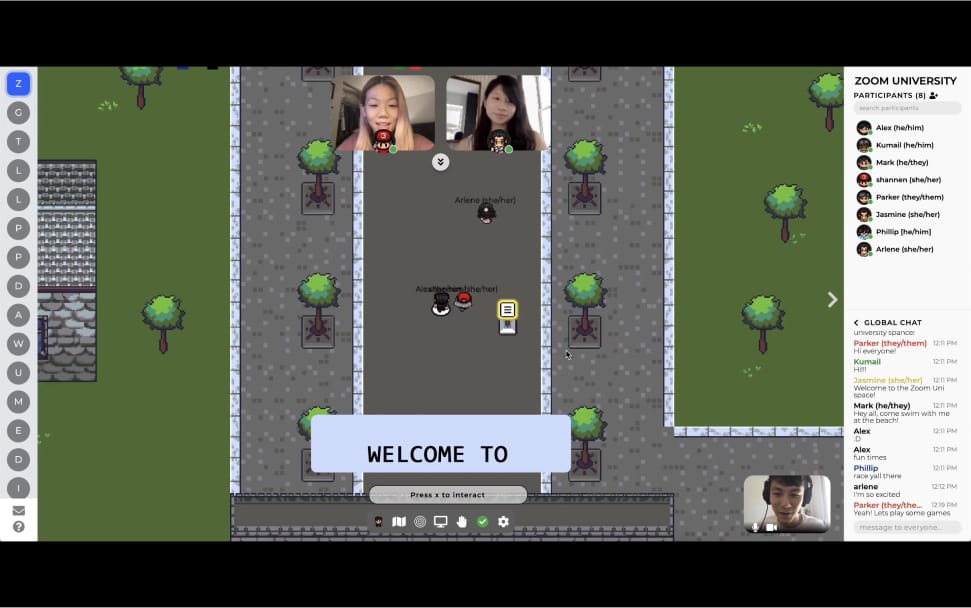 010203
010203



As a product evolves, it is crucial to think how it grows to relate to other products or stakeholders as part of its development. Digital products are not only single entities but part of a greater ecosystem. Undergoing this digital transformation requires systems thinking.


In 2020, our team got to explore the wonders of early childhood education. Little did we realise that the impact for remote learning affects NOT ONLY THE CHILD,
but also the parents, caretakers, teachers, principles, and the educational board.
Participate in our collaborative ecosystem map where you can identify and connect elements within the homeschool ecosystem. Observe the co-relation and envision the product to build.
Stay in touch with the present. Stop scrolling.
Take this moment to pause and regain your consciousness.


Mental issues like depression and anxiety are skyrocketing globally between 1990 and today, increased roughly 50% (to over 600 million people). Based on our observation, some digital services start to view mental wellness as an important consideration. In late 2020, we found several services that developed features addressing mental health and wellness. We foresee that this to be a default consideration for industries in the coming years.
From several studies, after training for 10-20 minutes a day for 30 days, Headspace users found that they reduced their mind-wandering, decreased their symptoms of depression, boosted their positive emotions, and became kinder and less aggressive. In contrary, Headspace didn't seem to improve people's satisfaction with life.
Following the explosion of meditation apps, wearables are utilized as a tracking tools to measure user mental wellness like stress,heart rate, breaths taken, etc. In 2020, it is reported that 5.9% users have geared up to wearables.
How are these device work for supporting mental wellness exercise?
Smartphone and personal computer manufacturers started encouraging users to be mindful by providing usage trackers and limit options. Users are given the freedom to set the limitation level depending on their needs.

Digital products have the ability to unexpectedly cause mental damage. Some cases might even lead to death or suicide like we see on Instagram, Robinhood, or DouYu. With the purpose to reduce and prevent these negative impacts, digital products are moving towards an integrative approach by embedding mental wellness features within their platform.
Visuals and graphics can explicitly show what the imagined world looks like. Take for example watching the Travis Scott Fornite concert. All the eye-candy visuals transport you to a new reality where skies are hypervisualized, with graphics and humongous Travis Scott.
Sounds, noises, and tones can enhance a setting and also control a person's mood.
Incorporating Binaural Audio, means that you get to experience surround sound as if you are listening in person.
Some Apple TV shows already implements binaural audio so the audience can enjoy movies feeling like they are present in the scene.
Better experience with headphones ![]()
The simplest form of it is haptics on your phone - that little nudge of vibration when you trigger an action. We are slowly moving to a realm where haptics are going to be introduced not only in game controllers, but any devices.

The first trigger was smell. Like being consumed by smell, certain scents cantap your memory to a certain place and time.
Taste is that delightful sensation that follows after scent. Research has shown that these two senses, because they go through the same canal, influence one another.



Defining space is needed when building a virtual environment to enhance the immersive experience. Phasmophobia, a horror game, uses proximity chat to detect the distance of different players in the game environment to elevate the exploratory and thrill in the experience. Gather.town is a virtual space that you can create where you can engage with other users only when you are close to each other in the space.

